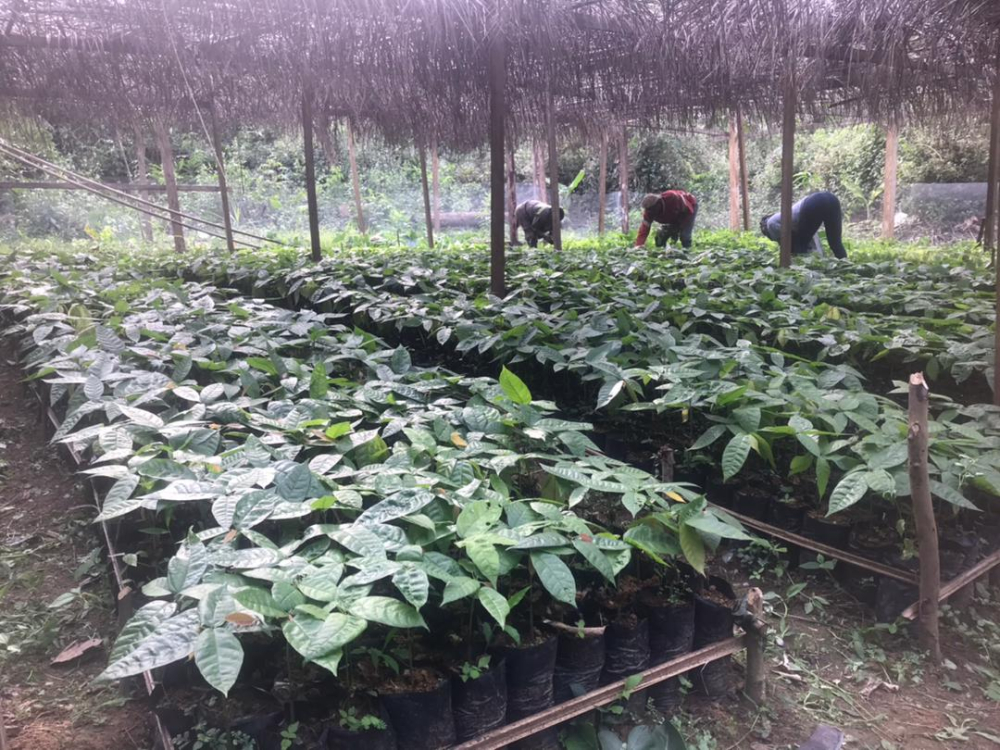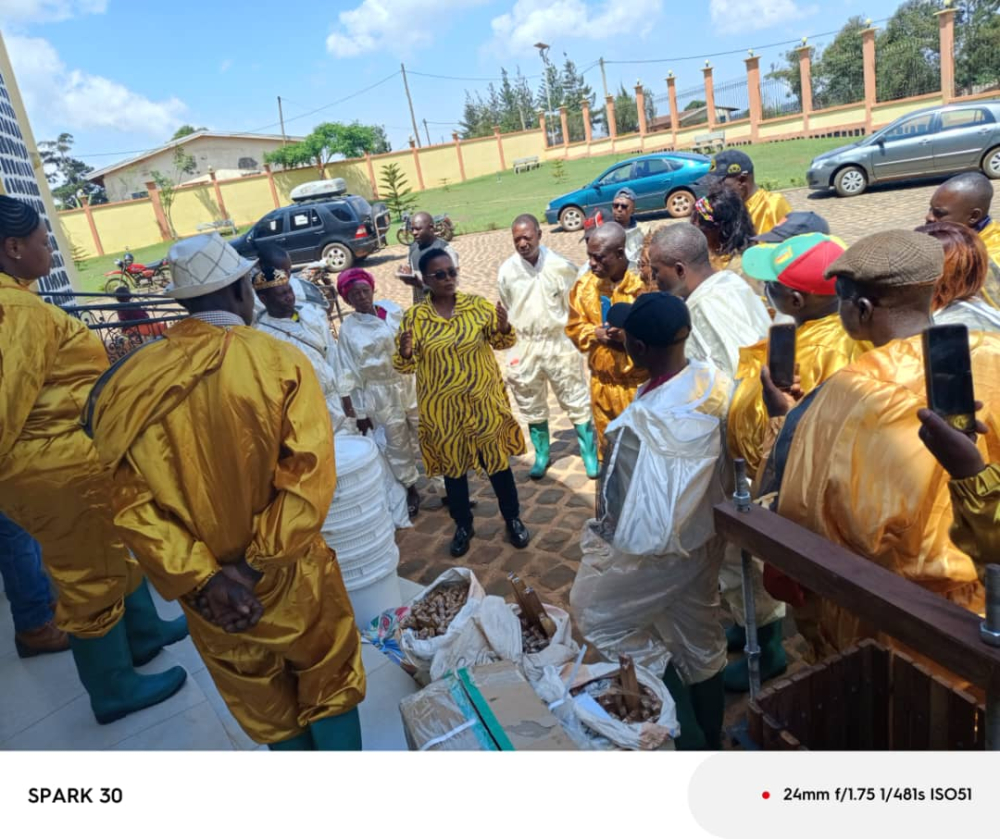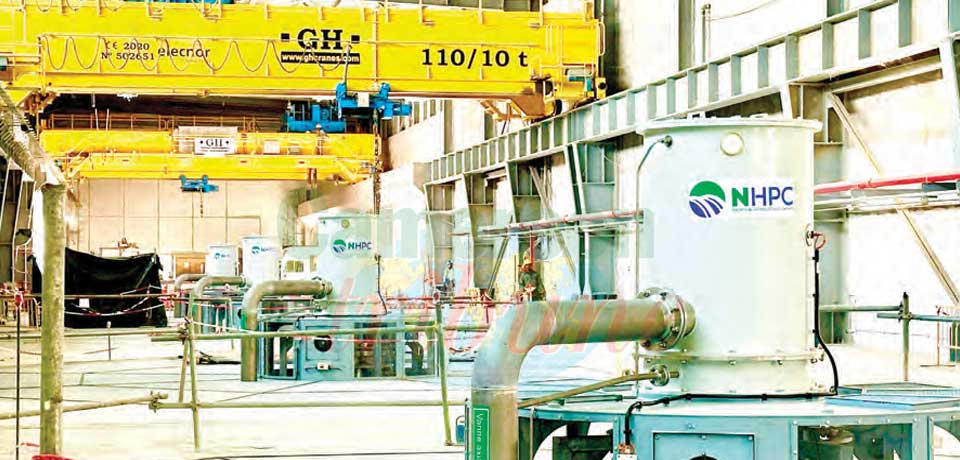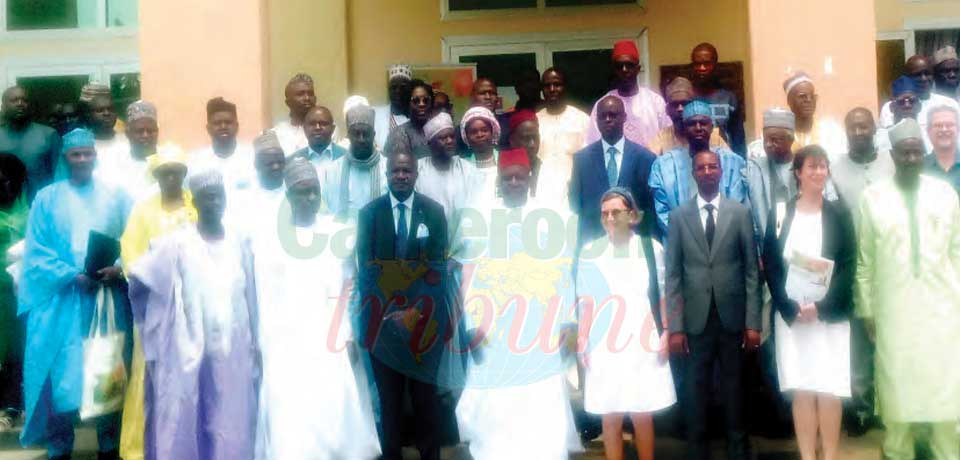Dja Wildlife Reserve: Rainforest Alliance Best Practices Raise Community Livelihoods
- Par Kimeng Hilton
- 02 juin 2022 14:51
- 0 Likes

The Cameroon Community Forestry Project has since 2017 been assisting local people in the country’s South Region to improve their incomes. Via cocoa farming, Non-Timber Forestry Products and community forestry.
*This report was realised with the support of Pulitzer Centre and the Congo Basin Rainforest Journalism Fund.
The American international Non-governmental Organisation, NGO, Rainforest Alliance, seeks to protect biodiversity and assure livelihoods of farmers and forest communities by promoting their rights and helping them to tackle and adapt to climate change. Rainforest Alliance is active in the Congo Basin where man has for tens of thousands of years managed to coexist with lush tropical rainforests. With Rainforest support over the years, 10,000 tropical plant, 400 mammal, 700 fish and 1,000 bird species in the Congo Basin are no now closer to safety.
Dja Wildlife Reserve-support Project
Since 2017, Rainforest Alliance has been implementing the Cameroon Community Forestry project in Mintom Subdivision, Dja and Lobo Division of Cameroon’s South Region. Though active in the area since 2010. The project is located south of Dja Wildlife Reserve. Which is part of Tri-national Dja-Odzala-Minkebe, TRIDOM cross-border conservation initiative covering Cameroon, Congo-Brazzaville and Gabon. “The main objective of Cameroon Community Forestry project is to improve farmers’ livelihoods through sustainable management of community forest landscapes in Mintom,” says Cédric Happy, Rainforest Alliance Field Supervisor for the project.
Three-prong Livelihood Approach
Cameroon Community Forestry project comprises components for supporting cocoa farming, gathering and marketing Non-Timber Forestry Products, NTFPs, and community forestry. “We trained farmers in best cocoa farming practices, offered revolving funds worth 3 million FCFA, and equipped the cocoa farmers’ cooperative to enhance performance, marketing and assure traceability of sold cocoa. The 126-member cooperative was also assisted to get an office, connected with two credible cocoa buyers and partnership deals signed with them. The deals provide for the supply of 100 metric tonnes of quality cocoa beans per annum, grown without cutting down forests,” Happy stresses.
Rejuvenating, Restoring Cocoa Farms
"Cocoa farmers have witnessed both rejuvenation and restoration to boost productivity and avoid felling trees to expand farms. The pilot phase of the project saw the setting up of four nurseries which produced 20,600 cocoa pods planted on 20 hectares,” Happy notes with a broad smile.
Cocoa Certification As Added Value
"Our next step is to assist the cocoa farmers’ cooperative to engage in Rainforest Alliance certification of their produce. Farmers will undergo an audit in the coming months. We have already carried out geolocation of 98 per cent of members’ farms, which are all located inside community forests. This is good news for the certification process because the law does not forbid farms to be created inside community forests,” Cédric explains.
Non-Timber Product Gatherers Organised
Rainforest in 2021 assisted Mintom female Non-Timber Forestry Products, NTFP gatherers to form and register their group. They were then linked with the association of NTFP exporters in Ebolowa, South Region to which they sold 2 metric tonnes of Bush mango at 3,500 FCFA per basket. Unlike non-members who during the same period sold their Bus...
Cet article complet est réservé aux abonnés
Déjà abonné ? Identifiez-vous >
Accédez en illimité à Cameroon Tribune Digital à partir de 26250 FCFA
Je M'abonne1 minute suffit pour vous abonner à Cameroon Tribune Digital !
- Votre numéro spécial cameroon-tribune en version numérique
- Des encarts
- Des appels d'offres exclusives
- D'avant-première (accès 24h avant la publication)
- Des éditions consultables sur tous supports (smartphone, tablettes, PC)














Commentaires